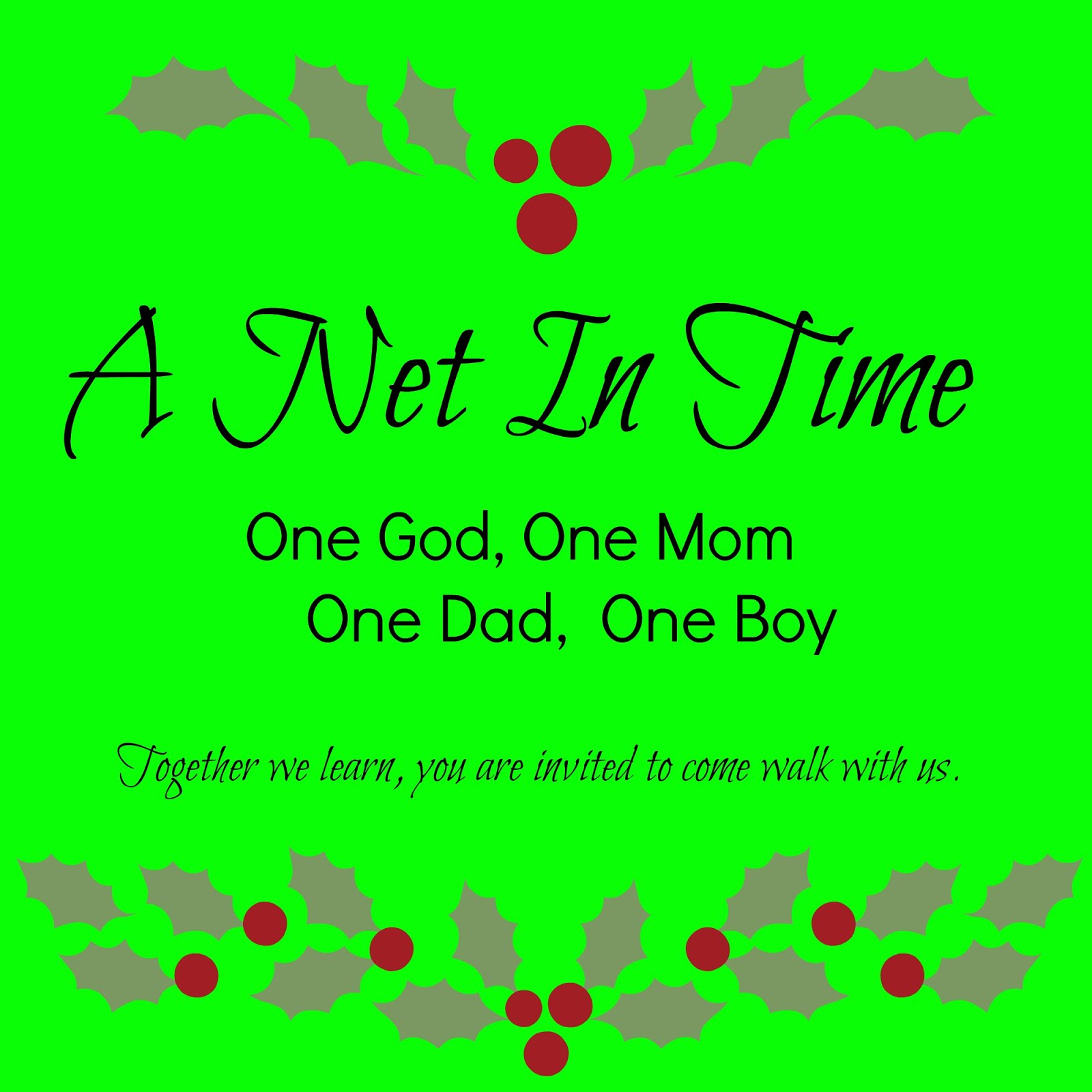10 minute stories
Today's story was about a fellow who was very lazy and how he learned not to be so very lazy. The lad says "I liked it!"
World History
We continue learning about Knights and Castles. Today we learned about how a person learns to be a knight.
We continued work on our spider study
 The lad was very eager to do this. I had promised him that we could play with Lego today and build spider webs and a spider with it today. :) Here's to creative thinking! :) So today we focused on learning about different types of spider webs.
The lad was very eager to do this. I had promised him that we could play with Lego today and build spider webs and a spider with it today. :) Here's to creative thinking! :) So today we focused on learning about different types of spider webs.Webs have different purposes, according to the individual species of spider, how it captures or stores its prey. Spider's silk can be used to help small, young spiders transport to new areas (ballooning) or be so strong that it is used to make fish nets, as with the Nephila spider web.
Other types of spider webs:
Tangled Web Spiders
Tangled spider webs consist of a shapeless jumble of threads attached to a support such as the corner of a ceiling. Cobwebs are tangled webs that have collected dust and dirt. Cellar spiders, the comb-footed spiders (included black and brown widow spiders), the ogre-faced stick spiders and common house spiders are spiders that make these types of webs.
Sheet Webs
Sheet webs are flat sheets of silk between blades of grass or branches of shrubs or trees. Spiders that create sheet webs also spin a net of crisscrossed threads above the sheet. When a flying insect hits the net, it bounces into the sheet web. The
spider, which hangs upside down beneath the web, quickly runs to the insect and pulls it through the webbing. Sheet webs last a long time because the spider repairs any damaged parts. The bowl & doily spider, the filmy dome spider, and the platform spider form sheet webs.

Gum-footed Webs
Gum-footed webs consist of tightly woven silk strands attached between two branches. The upper strands are dry and built in sheltered areas away from sunlight while the lower strands are built in exposed area and run down to a bottom branch where they are attached. Each of the lower sticky strands are covered in sticky droplets and are attached weakly at the bottom. When an insect walks into the sticky silk strands its struggle break the lines moving the web upwards and lifting the prey off the ground reducing its chances of escaping.
Redback spiders create gum-footed webs.
Horizontal Line Webs
Horizontal Line Webs are made up of one simple line of sticky droplets stretching across low vegetation, bark and leaf litter. Spiders that create this type of web pull the line taut by keeping the slack silk underneath them until an insect hits the line. When that happens, the loose silk whips along the line and tangles the prey. Cribellate spiders and other pea-sized spiders create these webs. Pic from here.

Bolas Spider Web
The Bolas Spider Web is a very simple web designed for their unique method of hunting. In order to hunt and catch male moths, the bolas spider sits on a horizontal line and spins a single line with a sticky silk tip that dangles from its leg. While
waiting, this spider will emit a scent similar to a female moth. When the male moth comes toward the spider, the spider swings the sticky strand in a circle and captures the moth, pulling the strand in to feed.

Triangle Webs
Triangle Webs are created in the shape of a triangle, hence its name. The spider weaves silky strands of spokes and spirals that connect to all three strands. The triangle spider waits at one end of the web for an insect to land. When it does, thequite fascinating all in all. hard to find images of all the different types of webs. As I find them, I'll add them in. :)
spider shakes the web so the insect is caught and cannot escape.
We built a couple of lego webs complete with spiders.
And then did some spider math. I started out with 10 spiders sitting in a tree and then a variety of things happened, at one point we were up to 54 spiders in the tree and eventually got down to 0 spiders in a tree. All done verbally and mentally with the occasional bit of help from a calender and pencil...he is only 6 after all! :)








